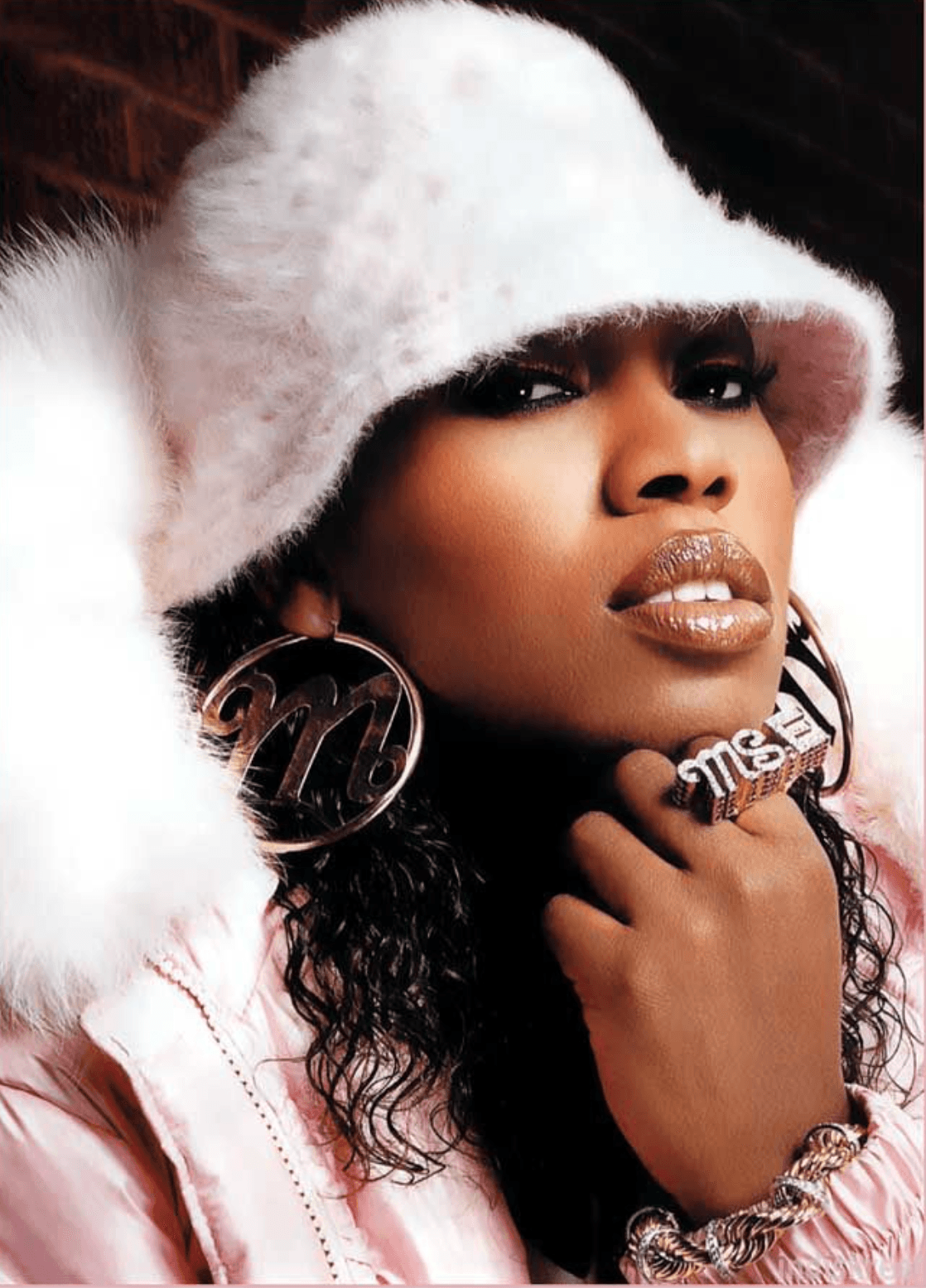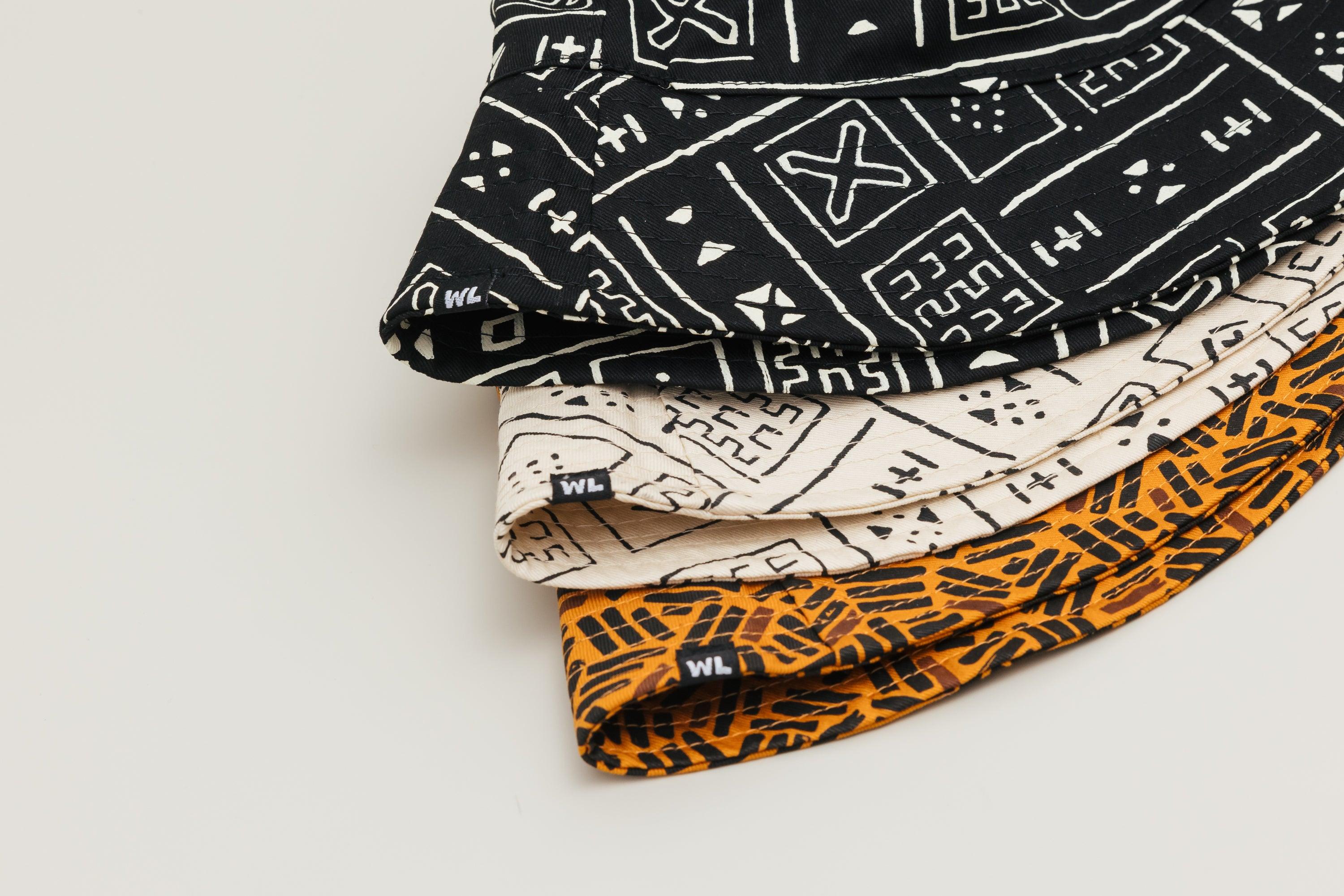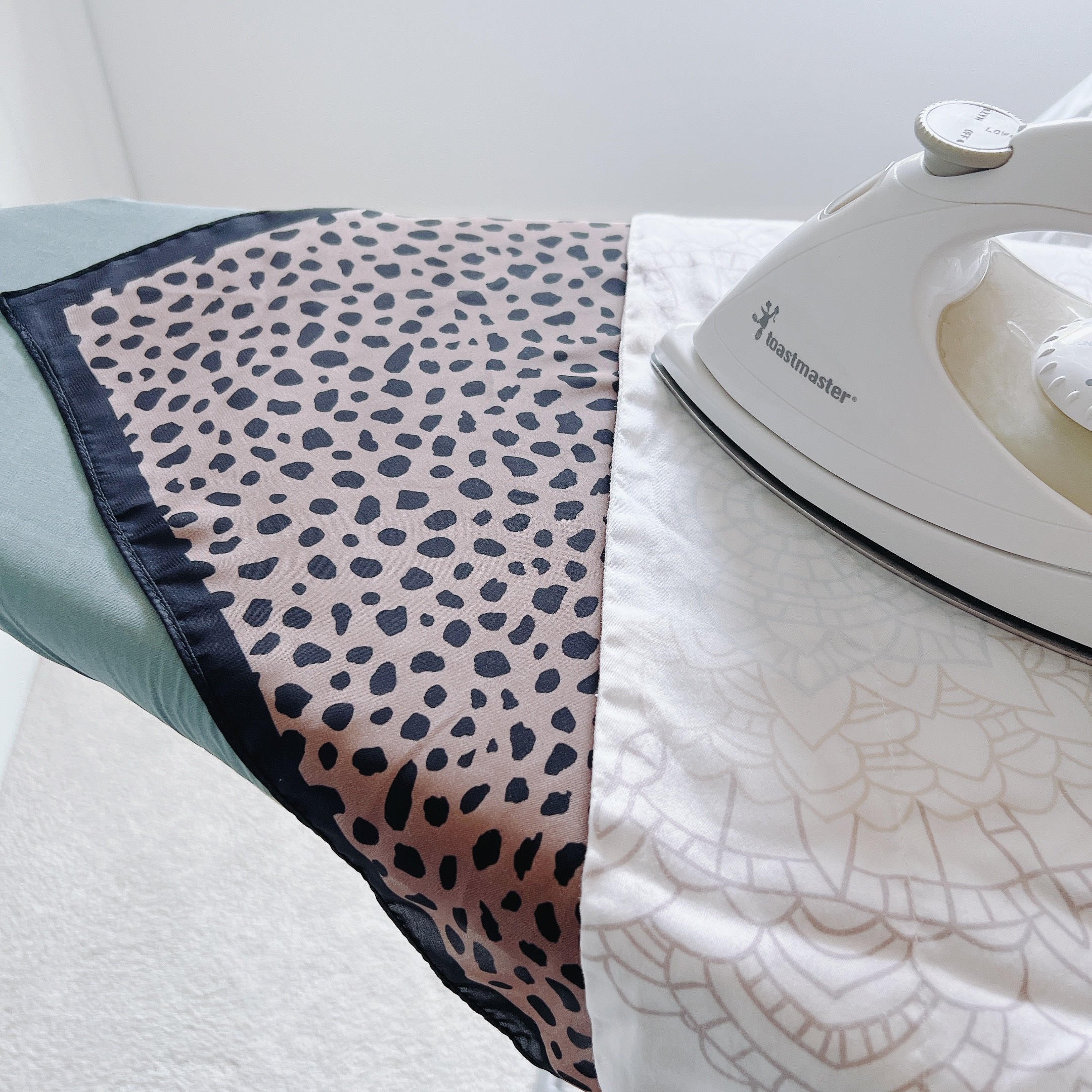Bucket hats, also known as fisherman hats, are a popular headwear style that have been around for over a century. The origins of the bucket hat can be traced back to the early 1900s when it was first introduced as a practical accessory for outdoor activities, such as fishing and hunting. The design of the hat features a wide brim to protect the face and neck from the sun, and a crown that sits low on the head, providing additional sun protection.
In the 1960s and 1970s, the bucket hat became popular in the fashion world, as young people began incorporating it into their everyday wardrobe. The hat was embraced as a symbol of youthful rebellion and became a popular accessory among hippies and surfers. During this time, the hat became available in a variety of colors and patterns, and it was worn by both men and women.

In the 1980s and 1990s, the popularity of the bucket hat waned, but it made a comeback. In the late 1990s and early 2000s, the hat became a staple in the hip-hop fashion scene, and was worn by many prominent artists, such as LL Cool J, Outkast, and Missy Elliott. The hip-hop community embraced the bucket hat as a symbol of urban culture, and it became a popular accessory among rap and hip-hop fans. The association between hip-hop and the bucket hat helped to cement the hat's place in popular culture, and it continues to be a popular accessory among fans to this day. They’re widely available in a variety of materials, including cotton, polyester, and even waterproof fabrics, making it a versatile accessory for outdoor activities.

Wrap Life printed bucket hats are generally 100% cotton and are lined with satin. Whether you are fishing, gardening, or just lounging in the park, a bucket hat is the perfect accessory to keep you protected from the sun while expressing your own unique style.







